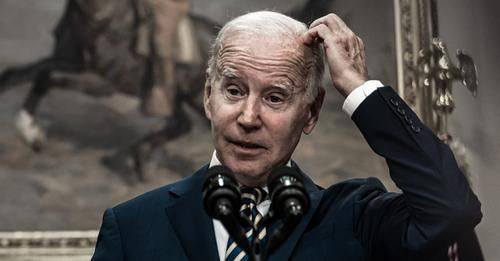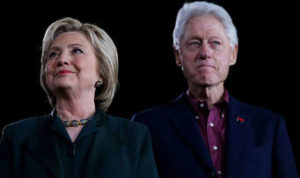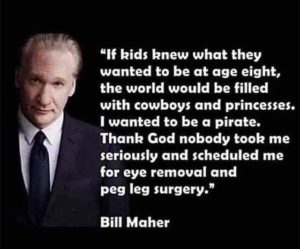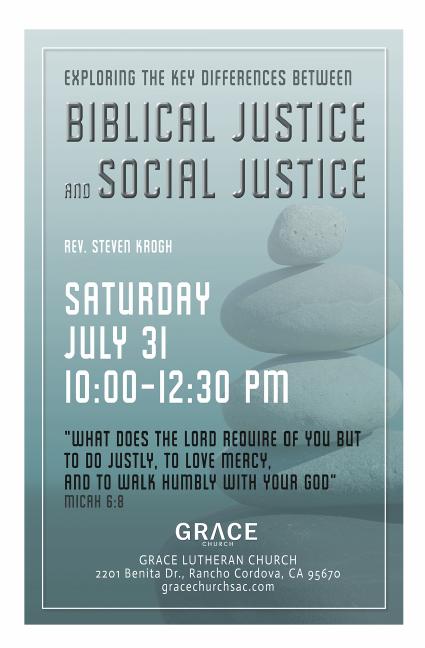THE CLIMATE CHANGE ARMAGEDDON SCAM
THE GREEN “NEW” DEAL IS A GIANT SCAM TO MAKE THE RULING CLASS RICHER AND MORE POWERFUL AND THE REST OF US POORER
President Joe Biden just pledged 40 Billion Dollars (Dollars the U.S. does not have to spend) to Indonesia to aid them in discontinuing the use of Coal and converting to Wind and Solar power. Most of these dollars will, as usual, end up in the pockets of some “Fat Cat” corrupt politician, and/or in the coffers of a combination of China for supplying the hardware, and politically hand picked contractors who will do what work is done on inflated contracts. It is also predictable that some portion of these dollars will find their way back to the campaign slush funds of our politicians who helped solidify the “deal”.
In the meantime China is building new coal fired plants across China at an accelerated rate. No doubt with the money they are making selling America Wind Turbines, Solar Panels and Batteries for our electric cars, all of which we can’t build here. Remember the Obama/Solyndra $535 Million Dollar fiasco?
All these predictions of man made “Climate Armageddon” are just part of a grand scheme and scam to keep us all under the dictatorial control of “Big Government” which wants to hamstring us with a lot of costly restrictions, rules and regulations which do not apply to those in the “ruling class”.
Over long periods of time the earths climate has always changed. Mankind actually occupies a small fraction of 1% of the earths surface and does not have the resources or ability to control the earths global climate by either raising or lowering the average global temperature more than a fraction of one degree. To think they do is simply arrogance or at best, wishful thinking.
Part of their plan is to spend Trillions of Dollars on windmills, solar panels etc. and when the temperature doesn’t change, claim victory. This was the plan from the beginning. Or, do you think these planners don’t know the history of the previous Climate Change fear mongers?
I wrote the following article back in November of 2019. It was true then and is true now.
**************************************
JUNK SCIENCE ALA CARTE
I am more than a skeptic of self proclaimed “Scientific Experts and Prophets of the Apocalyptic Doomsday of Civilization and Life as we know it”.
I believe that there are both Politicians and Bureaucrats with an “agenda” that have decided the best course to pursue for turning us all into obedient, glassy eyed drones is to get control of every aspect of our daily lives. What we eat, where we live, what we are allowed to hear, what we can drive etc.. Their goal is seizing absolute dictatorial control of all, and especially, “fossil fuel” energy resources and access to them.
I can visualize them carrying bags of taxpayer cash to “New Age, Progressive, Socialist Colleges and Universities”. They seek out like minded science students and professors willing to prostitute their “research” with the goal of “proving” their predetermined “Theorems” regarding “Man Made Global Climate Change”.
This is how the game is played. If your “Research” demonstrates what “we” Bureaucrats and “Progressive” Politicians want it to show, the sacks of taxpayer cash will continue to flow – if it does not then the sacks of cash will discontinue flowing.
Pretty cynical, aren’t I? I have gotten this way observing and remembering the last 50+ years of “Predictions” from “Experts”.
Does climate change? Of course. If we had been alive 10,000 years ago, the majority of us would have been up to our butts in year round glaciers, ice and snow. Today, large areas of the upper United States are flat lands created by glacial action. Thankfully, climate has changed and continues to change with warmer and cooler periods.
Remember that 70% of our planet is covered by water and of the remaining 30% mankind only really occupies a tiny percentage of the land area.
Lets look at the record of some of the “Prophets of Doom”.
The Population Bomb – a best selling book written by Stanford University Professor Paul Ehrlich (and his wife Anne, who was not credited) in 1968 predicted worldwide famine in the 1970’s and 1980’s due to overpopulation, as well as other Societal upheavals unless immediate steps were taken to limit population growth. At the time there were some 3.8 Billion people on earth and today the number is more like 7.6 Billion. Statistically, hunger is no greater problem now than it was then. Paul Ehrlich was wrong but created near panic in sections of the population due to his predictions.
In the 1970’s “Scientists” predicted an imminent Global Cooling trend leading to a new “Ice Age”. One view of this prophecy can be seen in the movie “The Day After Tomorrow” (2004). This prediction was given great credibility by Newsweek, Time, Life, The National Geographic and the news media. Instead, what actually happened was a slight warming trend. The so-called “Scientists” and “Experts” were wrong again.
Perhaps one of the biggest “hucksters” of all is former Vice President Al Gore who has made a fortune with his book, “An Inconvenient Truth” – 2006, and his following exploitation and “marketing” of his conjecture, all of which was supposed to happen long before now. Let’s look at some of his “predictions” and “science” while on his way to the bank:
1. Rising Sea Levels – inaccurate and misleading. Both Al Gore and former President Barack Obama have since bought Beachfront Mansions
2. New Ice Age in Europe – they’ve been spared; it never happened.
3. South Sahara Drying Up – completely untrue.
4. Massive Flooding in China and India – again, didn’t happen.
5. Polar Bear Extinction – The Polar Bear population is increasing.
6. The Earth would be in a “True Planetary Emergency Within a Decade Unless Drastic Action was Taken to Reduce Greenhouse Gasses” – never happened.
Al Gore made many other predictions. Wrong, wrong, wrong. Still he has created a huge following of “true believers” and a near panic in some quarters.
Now we have the newest prediction as shared with us by Presidential Candidate Bernie Sanders, Congresswoman Alexandria Ocasio-Cortes and others that Civilization is Doomed within 12 years unless we immediately adopt their “Green New Deal” which will supposedly cost between 50 and 100 Trillion Dollars over the next ten years.
They have succeeded in causing panic among a large portion of the population with their “Progressive” agenda and even caused many prospective mothers to declare they will no longer have children because they to not want to bring babies into a world that is doomed to extinction in a short period of time. This is junk science and prophecy gone mad. Such fear mongering is beneath contempt. Shame on them.
Patrick Moore – Former President of Greenpeace has stated it well: “There is no definitive scientific proof through real-world observation that carbon dioxide is responsible for any of the slight warming of global climate which has occurred during the past 300 years.” He rejects the “science is settled” and “the debate is over” statements so popular in worldwide media.
***************************************
All of these predictions and political hyperbole are put out there from folks with an agenda. Usually it is to make you captive to their fairy tale ideas of a perfect world with them in charge or to pick your pockets or both. Some poor souls actually believe all the propaganda. Sad.
Bob Bandy – November 2022
















